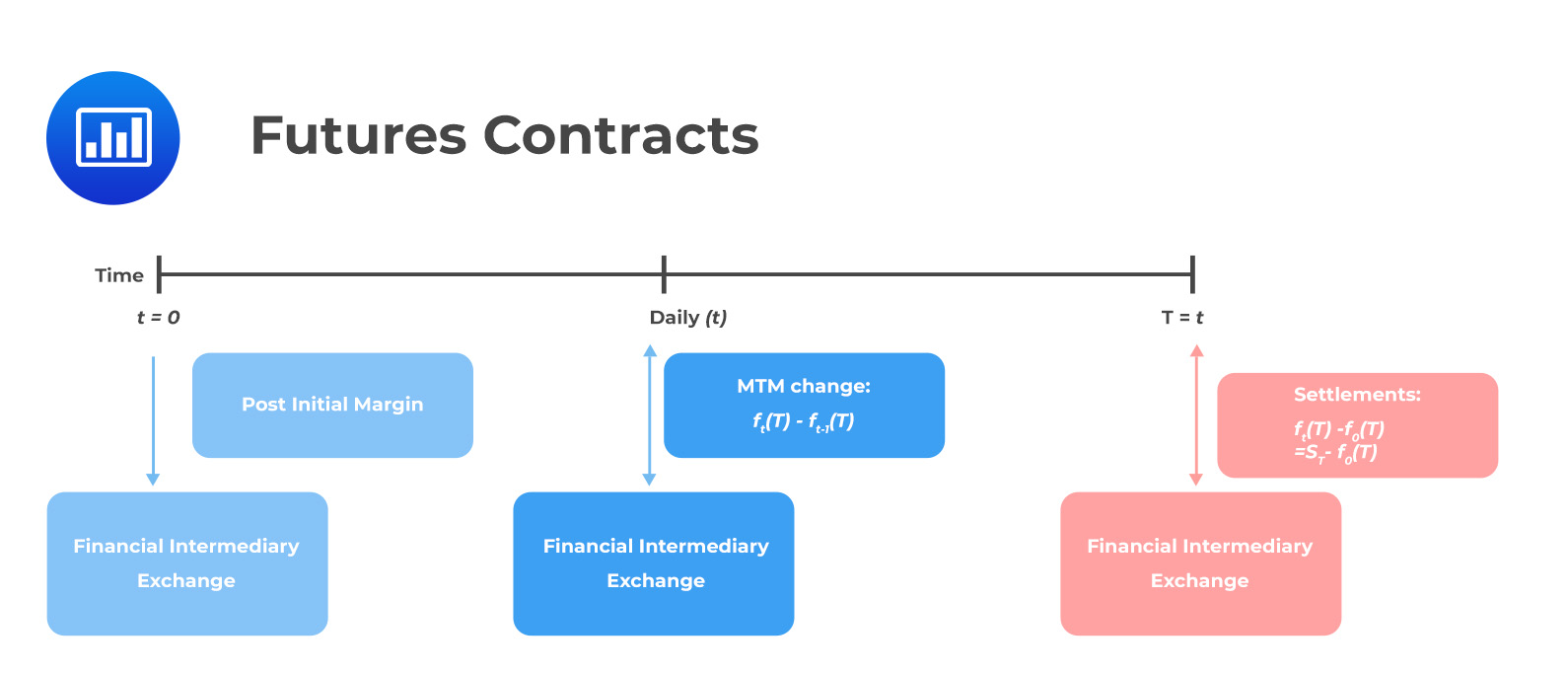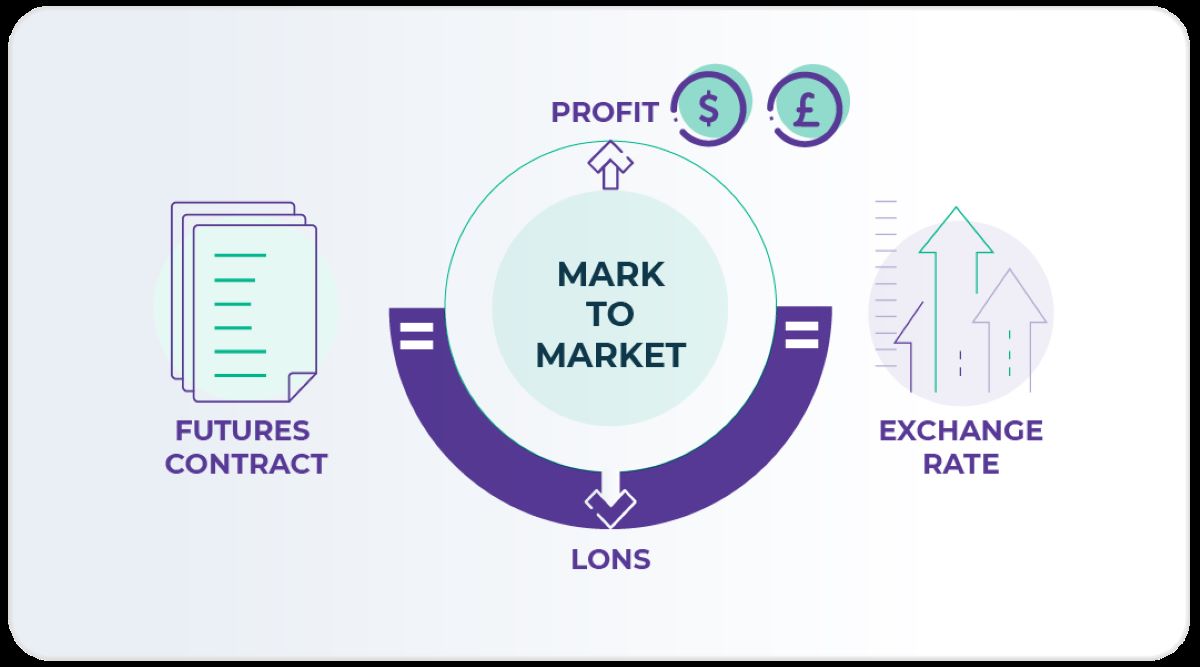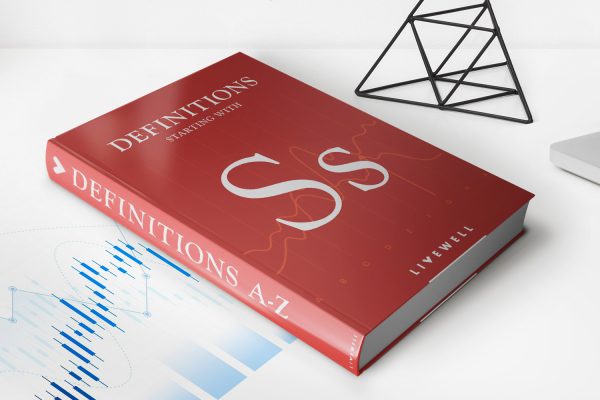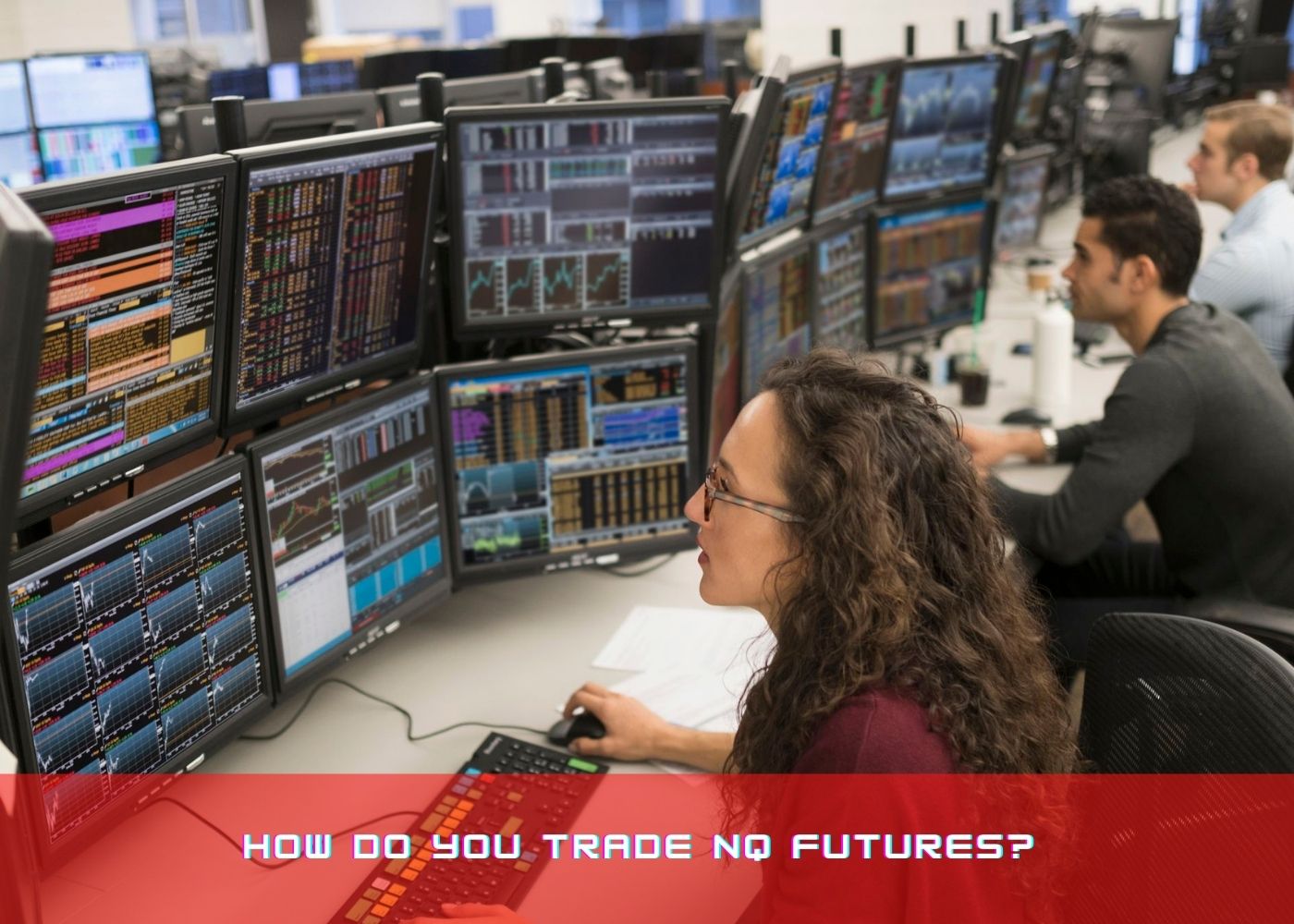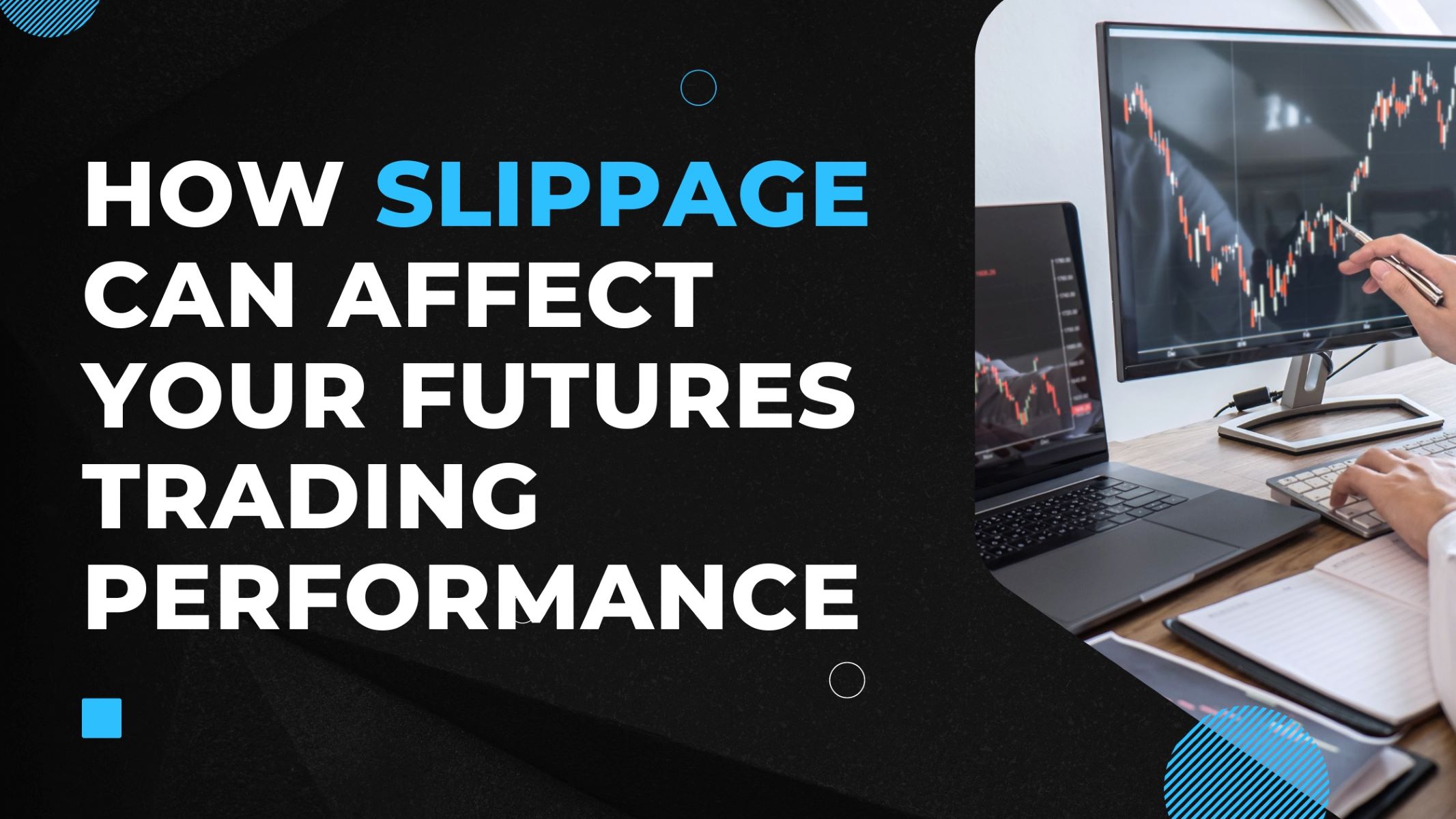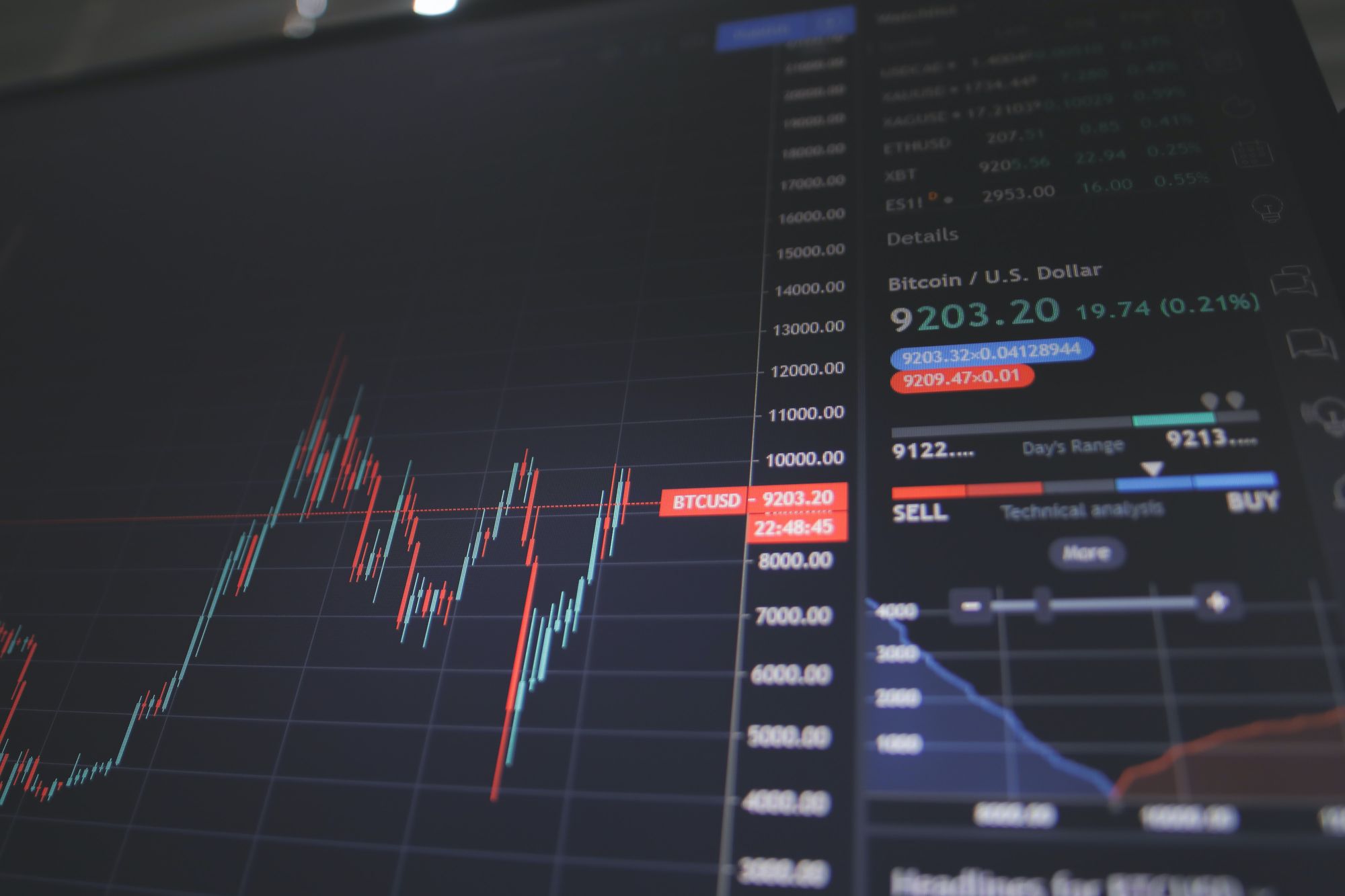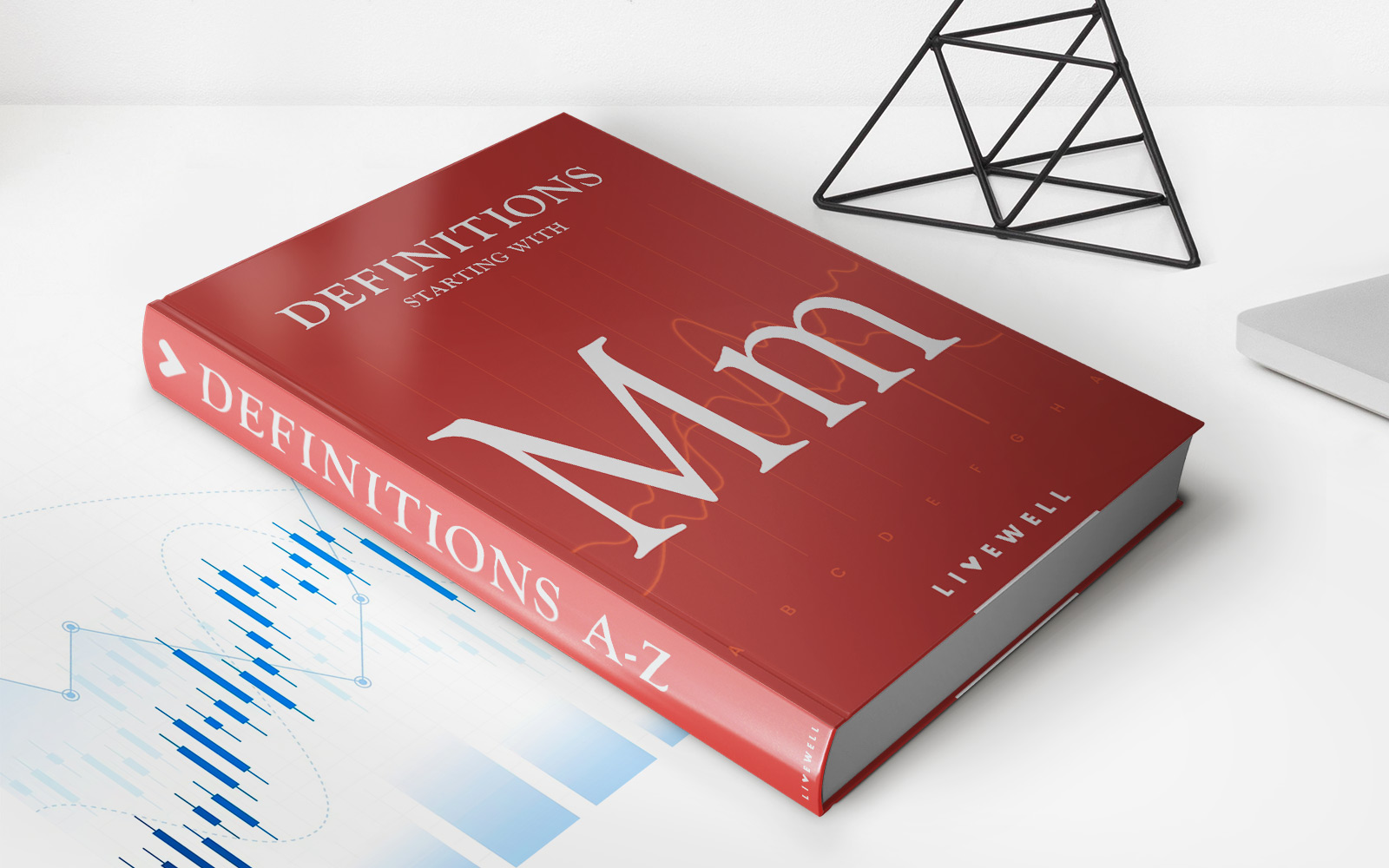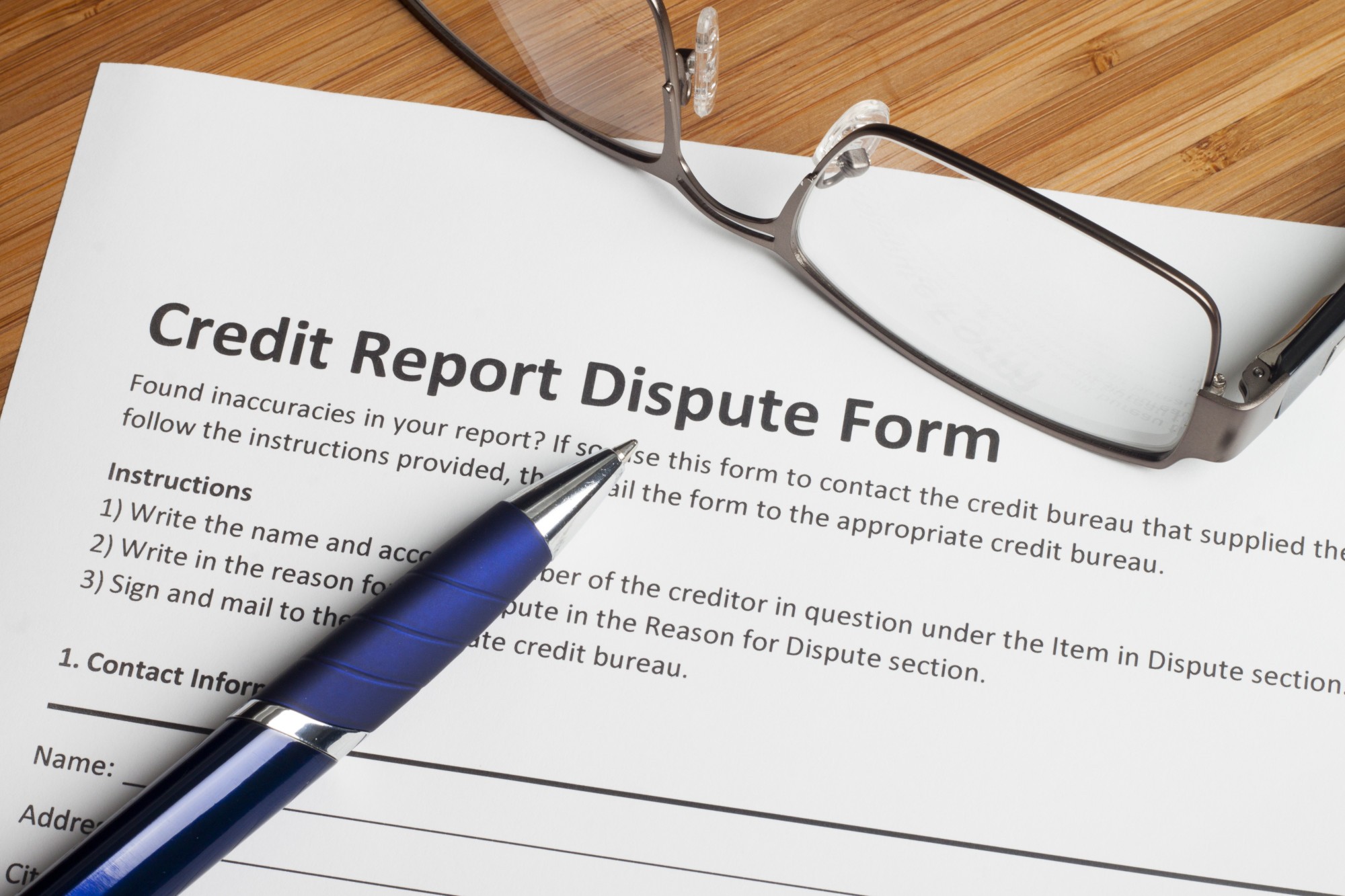Home>Finance>How Many Futures Contracts Can You Fill With A Market Order
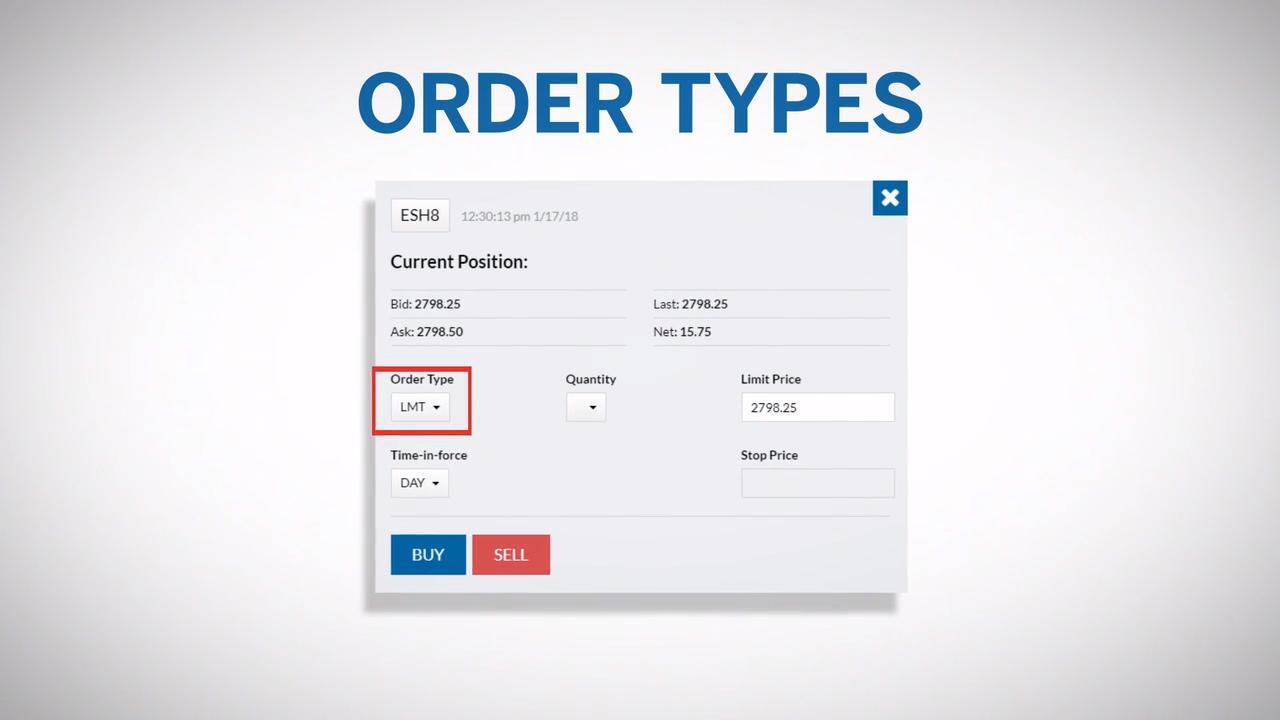

Finance
How Many Futures Contracts Can You Fill With A Market Order
Modified: February 23, 2024
Discover how many futures contracts you can fill instantly with a market order. Explore the impact of finance on executing trades in the derivatives market.
(Many of the links in this article redirect to a specific reviewed product. Your purchase of these products through affiliate links helps to generate commission for LiveWell, at no extra cost. Learn more)
Table of Contents
Introduction
Welcome to the world of futures contracts! If you’re new to trading or investing, you may have come across the term “market order.” But what exactly does it mean? And how many futures contracts can you fill with a market order?
In this article, we’ll delve into the fascinating world of futures contracts and explore the mechanics of market orders. We’ll discuss the factors that can affect the filling of your order and determine the maximum number of contracts you can fill. By understanding these concepts, you’ll be better equipped to make informed trading decisions.
But before we dive in, let’s quickly define what a futures contract is. A futures contract is a legal agreement between two parties to buy or sell an asset at a predetermined price and date in the future. It serves as a standardized way to trade commodities, currencies, stock indexes, and more.
Now, let’s move on to market orders. When you place a market order, you’re instructing your broker to execute the order immediately at the best available price. Unlike a limit order, which specifies the maximum price you’re willing to pay or the minimum price you’re willing to accept, a market order aims to get your order filled as quickly as possible.
Market orders are popular among traders who prioritize speed and efficiency. They’re useful in fast-moving markets, where the price can change rapidly, and traders want to ensure immediate execution. When it comes to futures contracts, market orders play a significant role in efficiently filling orders.
Now that we have a basic understanding of futures contracts and market orders, let’s explore the mechanics of futures contracts and how they are traded. Understanding these mechanics will help us determine the maximum number of contracts that can be filled with a market order.
Understanding Market Orders
Market orders are one of the most common types of orders used in trading and investing. They are designed to execute at the best available price immediately. When you place a market order, you’re essentially telling your broker, “Buy or sell this asset at the current market price.”
Unlike limit orders, which allow you to specify a specific price at which you want to buy or sell, market orders prioritize speed over price. This means that the actual execution price of a market order may differ from the current quoted price due to market fluctuations.
Market orders are particularly useful in fast-moving markets where prices can change rapidly. They allow traders to quickly enter or exit positions, taking advantage of potential opportunities or avoiding potential losses.
When it comes to futures contracts, market orders play a crucial role in filling orders efficiently. In the futures market, where contracts are standardized and have specific expiration dates, it’s essential to execute trades promptly to align with your investment or trading strategy.
For example, let’s say you want to buy 10 crude oil futures contracts using a market order. Your broker will execute the order by finding the best available price from sellers in the market at that exact moment. Your order will be filled with the available contracts at the current market price, allowing you to enter the crude oil market immediately.
On the other hand, if you place a market order to sell 5 S&P 500 futures contracts, your broker will seek the best available prices from buyers in the market. The order will be filled with the available buyers at the current market price, allowing you to exit your positions quickly.
It’s important to note that while market orders provide speed and efficiency, they don’t guarantee a specific execution price. If the market is highly volatile or illiquid, the actual execution price of your market order may deviate significantly from the quoted price. This is known as slippage and can impact your overall trading results.
Now that we have a solid understanding of market orders, let’s delve into the mechanics of futures contracts and how they are traded, as this will help us determine the maximum number of contracts that can be filled with a market order.
The Mechanics of Futures Contracts
To determine the maximum number of contracts that can be filled with a market order, it’s essential to understand the mechanics of futures contracts. By having a clear grasp of how these contracts work, you can make informed decisions when it comes to placing orders.
A futures contract is a standardized agreement to buy or sell a specific asset, such as commodities, currencies, or stock indexes, at a predetermined price and date in the future. These contracts are traded on organized exchanges, such as the Chicago Mercantile Exchange (CME) or the New York Mercantile Exchange (NYMEX).
Each futures contract specifies the quantity and quality of the underlying asset, as well as the delivery or settlement date. For example, a crude oil futures contract may represent 1,000 barrels of oil and have a delivery date in one month’s time.
When trading futures contracts, you’ll come across two key terms: long and short positions. If you hold a long position, it means you’ve agreed to buy the asset at the specified price and date in the future. Conversely, if you hold a short position, you’ve agreed to sell the asset.
Now, let’s dive into how futures contracts are traded. The futures market operates through a process called open outcry or electronic trading. In open outcry trading, traders physically gather in a trading pit or ring and use hand signals to execute trades. On the other hand, electronic trading takes place via computer systems, allowing traders to submit orders electronically.
When you place a market order for futures contracts, your broker will send the order to the exchange where it will be matched with the best available orders from other market participants. This can include individuals, institutional investors, hedgers, and speculators.
Contracts on futures are typically traded in standard contract sizes. For example, the standard contract size for crude oil futures is 1,000 barrels, while for S&P 500 futures, it’s the cash value of the index multiplied by a specified multiplier.
In the futures market, contracts are often quoted in terms of ticks. A tick is the minimum price increment by which a futures price can move. The value of a tick varies depending on the specific futures contract.
Now that we have a solid understanding of the mechanics of futures contracts, let’s move on to explore the factors that can affect the filling of your market order and determine the maximum number of contracts that can be filled.
Factors Affecting Order Filling
When placing a market order for futures contracts, several factors come into play that can affect the filling of your order. Understanding these factors is crucial in determining the maximum number of contracts that can be filled.
1. Market Liquidity: Liquidity refers to the ease with which an asset can be bought or sold without significantly impacting its price. In highly liquid markets, there are many buyers and sellers, making it easier to fill your order quickly and at a desired price. However, in less liquid markets, such as certain futures contracts with low trading volumes, filling a large order may be more challenging.
2. Order Size: The size of your order, specifically the number of contracts you want to fill, can significantly impact order filling. Larger orders may require additional market participants to match on the other side of the trade, which can result in partial fills or delays in execution.
3. Market Conditions: Market conditions, including volatility, can affect order filling. During periods of high volatility, the price of futures contracts can experience rapid changes, which may lead to slippage in executing market orders. It’s crucial to be mindful of market conditions and their potential impact on order filling.
4. Price Impact: Placing a market order can influence the price of the asset you’re trading, especially if the market has limited depth or low liquidity. This price impact can result in unfavorable execution prices and increased slippage, particularly for larger order sizes.
5. Time of Day: The time of day at which you place your market order can have an impact on its execution. Trading activity and liquidity can vary throughout the trading day, with the highest volumes typically observed during regular trading hours. It’s important to consider the timing of your order to maximize the chances of filling it efficiently.
6. Exchange Rules: Each futures exchange has its own specific rules and regulations that govern order execution and filling. Understanding the exchange’s rules is important, as it can affect how quickly and at what price your market order gets filled.
It’s crucial to remember that while market orders prioritize speed, they do not guarantee a specific execution price. Depending on market conditions and the factors mentioned above, there may be instances of slippage, where the actual execution price deviates from the quoted price.
Now that we have explored the factors that can affect the filling of your market order, let’s determine the maximum number of contracts that can be filled with a market order based on these factors.
Determining the Maximum Number of Contracts
When it comes to determining the maximum number of futures contracts that can be filled with a market order, several factors need to be considered. These factors include your available capital, the liquidity of the market, and the depth of the order book.
1. Available Capital: Your available capital plays a crucial role in determining the maximum number of contracts you can fill. Each futures contract has a specific margin requirement, which is the amount of money you need to have in your trading account to cover the potential losses. By considering your available capital and margin requirements, you can determine the maximum number of contracts you can afford to fill without exceeding your risk tolerance.
2. Liquidity of the Market: The liquidity of the market is a key factor in determining the maximum number of contracts that can be filled. Highly liquid markets, where there are many buyers and sellers, offer greater opportunities to fill larger orders. Conversely, less liquid markets may have limited depth and may not be able to accommodate large order sizes without significant price impact.
3. Depth of the Order Book: The depth of the order book, which represents the current bids and asks in the market, affects how many contracts can be filled. If the order book has a sufficient number of buyers and sellers at the current market price, you’re more likely to fill a larger number of contracts. However, if the order book is thin, filling a large order may require moving the market price significantly, resulting in slippage.
It’s important to consider these factors in conjunction with each other. For example, even if your available capital allows you to fill a large number of contracts, it’s essential to assess the liquidity and order book depth to ensure a smooth execution without excessive price impact.
In some cases, it may be necessary to consider alternative strategies to fill a larger order. This can include splitting the order into smaller portions and executing them over time or utilizing other order types, such as limit orders that allow for more precise control over the execution price.
Keep in mind that the maximum number of contracts you can fill may change over time due to market conditions, fluctuations in available capital, or changes in your risk tolerance. Regularly reassessing these factors will help you make informed decisions when it comes to determining the maximum number of contracts that can be filled with a market order.
Now that we have explored the factors that determine the maximum number of contracts, it’s important to understand the limitations and risks associated with filling multiple contracts.
Limitations and Risks of Filling Multiple Contracts
While filling multiple contracts with a market order can offer potential advantages, it’s important to be aware of the limitations and risks associated with this approach.
1. Slippage: As mentioned earlier, slippage is a significant risk when filling multiple contracts with a market order. Slippage occurs when the actual execution price deviates from the quoted price due to market volatility, depth of the order book, or lack of liquidity. For larger orders, the impact of slippage can be more pronounced, resulting in less favorable execution prices and potentially eroding profits.
2. Price Impact: Filling a large number of contracts with a market order can influence the market price, especially in markets with low liquidity or thin order books. As a result, the price may move against you, leading to a higher entry price for long positions or a lower exit price for short positions. This price impact can reduce potential gains or increase potential losses.
3. Risk Exposure: Filling multiple contracts increases your exposure to the underlying asset. If the market moves unfavorably, the potential losses can be magnified. It’s crucial to carefully assess your risk tolerance and ensure you have a solid risk management strategy in place before filling multiple contracts.
4. Available Capital: Filling multiple contracts requires a sufficient amount of capital. If you overextend your available capital by filling too many contracts, you may face margin calls or liquidation of positions. It’s essential to assess your financial situation and trade within your means to avoid potential financial difficulties.
5. Market Conditions: Market conditions can have a significant impact on the filling of multiple contracts. During periods of high volatility or low liquidity, it may be more challenging to fill larger orders efficiently. It’s important to consider the prevailing market conditions and adjust your trading strategy accordingly to mitigate potential risks.
6. Adjusting the Order Size: In some cases, it may be necessary to adjust the order size based on market conditions, liquidity, and available capital. This can involve splitting the order into smaller portions or utilizing alternative order types, such as limit orders, to have more control over the execution price and reduce the impact of filling multiple contracts.
It’s crucial to understand that filling multiple contracts with a market order involves inherent risks. Careful planning, risk management strategies, and continuous monitoring of market conditions are essential to mitigate these risks and make informed trading decisions.
Now that we have examined the limitations and risks associated with filling multiple contracts, let’s wrap up our discussion.
Conclusion
Understanding market orders and the mechanics of futures contracts is crucial when it comes to determining the maximum number of contracts that can be filled. Market orders offer speed and efficiency, allowing traders to quickly enter or exit positions. However, it’s important to be aware of the limitations and risks associated with filling multiple contracts.
Factors such as market liquidity, order size, market conditions, and available capital all play a role in determining the maximum number of contracts that can be filled. It’s essential to carefully assess these factors to ensure smooth order execution and mitigate risks such as slippage and price impact.
While filling multiple contracts can provide potential advantages, it’s important to have a solid risk management strategy in place. Slippage, price impact, risk exposure, and market conditions should all be taken into consideration to make informed trading decisions. Adjusting the order size or utilizing alternative order types may also be necessary to manage risk effectively.
By understanding these concepts and carefully considering the various factors involved, traders can navigate the world of futures contracts with confidence. Regularly reassessing market conditions, available capital, and risk tolerance will help traders adapt to changing circumstances and optimize their trading strategies.
In conclusion, while market orders allow for quick execution and are essential in filling futures contracts, it’s vital to approach their use with caution. By understanding the mechanics of futures contracts and the intricacies of order filling, traders can make informed decisions and manage risk effectively, ultimately enhancing their chances of success in the market.
